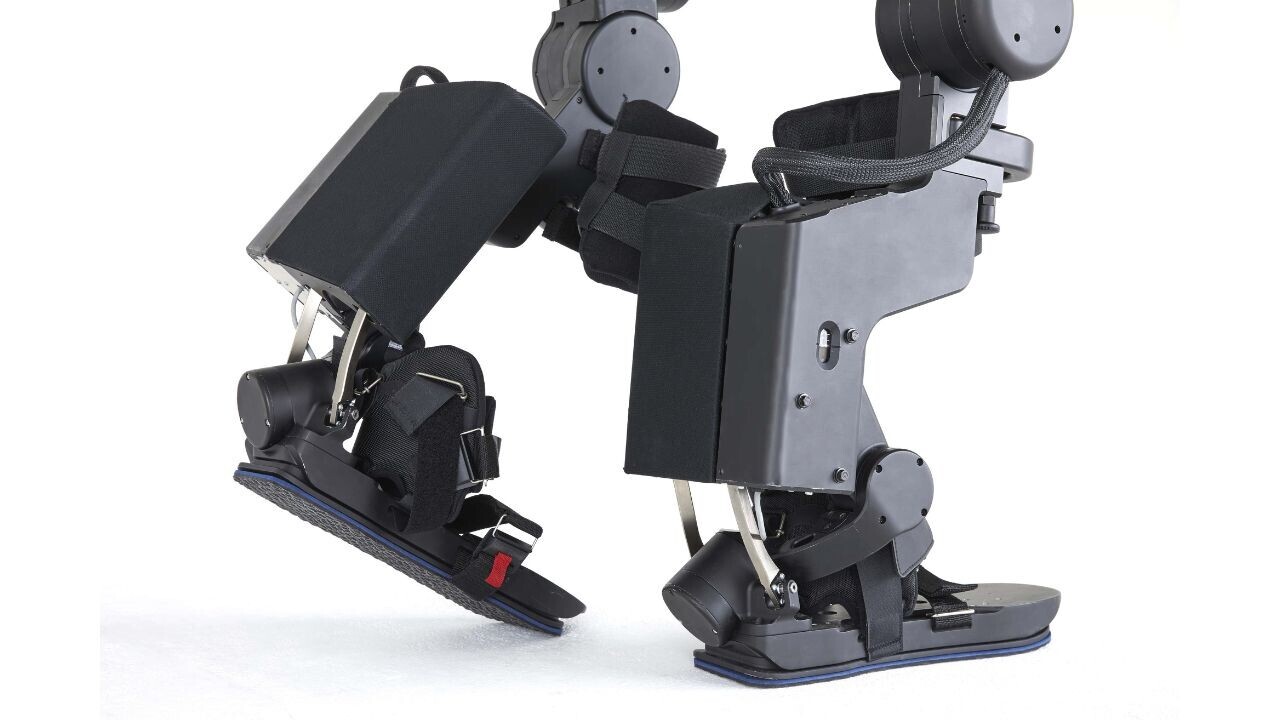Why would you want your therapists to train in something that should have been shitcanned since 2003?
The latest useless shit here:
BBTA Tutors: Clare Fraser & Debbie Strang
Reaching and grasping a target, like a refreshing bottle of water when you are thirsty, might appear effortless, but beneath this seemingly simple action lies a complexity of neurophysiological systems working in perfect harmony. From visual processing to executive functions, memory, and motor learning, our brains orchestrate a coordinated symphony to locate and interact with objects in our environment.
At the forefront of this process is vision, which plays a crucial role in target localisation. The visual system comprises of two main pathways: the dorsal and ventral streams. The dorsal stream, responsible for "where" processing, extracts information about spatial location and motion. When we spot the bottle of water on the table, this stream helps us determine its position relative to ourselves. Meanwhile, the ventral stream, responsible for "what" processing, identifies the object's identity and characteristics, such as size, predicted heaviness, slippage potential, and recognising it as a bottle of water.
Once the visual information is processed, pre-motor executive functions come into play. The frontal lobe, particularly the prefrontal cortex, is involved in planning and decision-making. It assesses the goal (quenching thirst) and strategizes how to achieve it (reaching for the water bottle). Working memory enables us to hold the plan in mind while executing it, maintaining the bottle's location in our mental space.
Motor preparation is a critical phase before the actual reach begins. The posterior parietal cortex integrates sensory information from the visual system and the somatosensory system, which receives feedback from our body's position and movement (see blog 4, linking this to Body Schema). This integration fine-tunes the motor plan and ensures the appropriate trajectory for the reach.
Motor learning is an essential aspect that enables us to refine our actions through experience. As we repeatedly reach for and grasp objects, our brains adjust and optimize the motor commands required for precision and efficiency, based on experience. The cerebellum and basal ganglia, key players in motor learning, help us to perfect these motor skills over time.
Finally, as the motor plan is finalized, the motor cortex sends the appropriate signals to the muscles in our arm and hand, initiating the reach and grasp movement. This movement comes on the background of postural stability and Anticipatory Postural Adaptations (see blogs 1-3, linking to postural control).
The brain continuously monitors our movement's progress and uses feedback to adjust if needed, ensuring accurate and smooth execution.
In conclusion, locating a target for reach and grasp, like a bottle of water, is a fascinating interplay of various neurophysiological systems. Vision and the dorsal and ventral streams help us perceive and identify the target, while pre-motor executive functions, memory, postural control, and motor learning lay the groundwork for an efficient movement.
By understanding the intricate workings of our brains in the reaching and grasping process, we gain insight into the components of human movement control that are core to the rehabilitation journey of our neurological patients. This enables us, as skilled therapists, to drive our patients recovery forwards, helping them to reach their personal goals.
We saw the impact of reaching and grasping functional improvements over 5 days, with the patients that we worked with at Walkergate Park Hospital in Newcastle, on the Advanced Bobath Course this year. It was so exciting (for all of us) to see the improvement in their arm and hand function, achieving new goals, moving forwards in their recovery.
Next time you reach for that bottle of water, consider whether you would like to know more about the neurophysiology relating to upper limb rehabilitation and sign up to a Bobath Course to take your knowledge and skills to the next level www.bbta.org.uk






 I Joon Han
I Joon Han Ji-Eun Lee2
Ji-Eun Lee2  Oh Young Bang
Oh Young Bang Gyeong-Moon Kim
Gyeong-Moon Kim Woo-Keun Seo
Woo-Keun Seo Yujia Yang
Yujia Yang Cairong Zhu
Cairong Zhu Francesco Diana
Francesco Diana Mohammad Mofatteh
Mohammad Mofatteh Thanh N. Nguyen
Thanh N. Nguyen Mohamad Abdalkader
Mohamad Abdalkader Yimin Chen
Yimin Chen Joonwon Lee
Joonwon Lee Kang Min Park
Kang Min Park Seongho Park
Seongho Park Ameer E. Hassan
Ameer E. Hassan Johanna T. Fifi
Johanna T. Fifi Thao Phuong Vo
Thao Phuong Vo Hans Carl Hasselbalch
Hans Carl Hasselbalch Troels Wienecke
Troels Wienecke